Therefore, it is prudent to prepare the outdoor cannabis garden to harvest healthy plants and juicy and aromatic buds.
Why grow cannabis organically?
Why choose a natural and organic way to grow cannabis outdoors? The reason is simple: many gourmets find the result of growing in an organic garden infinitely more satisfying. The final product will be tastier, more aromatic, and finer quality resin will be produced. Additionally, we now live in an age in the developed world where a desire for clean living and a better awareness of the dangers of harmful chemicals and additives is at an all-time high in the public consciousness.
As well as all that, a well-prepared organic crop will also improve the resistance of your plants to the elements and pests, which is extremely beneficial when growing outdoors.
Choose the best place to grow cannabis outdoors
If you haven’t already designated a specific part of your garden for the cannabis, then the first step is to choose the best situated location. Cannabis loves light, and so planting it in a south-facing location would be the ideal. The optimal scenario is for your plants to receive a lot of direct sunlight during the day and are then exposed to filtered / scattered light later in the afternoon and evening.
Other important aspects of a good place to grow are:
Protection against the elements
Be careful not to expose your cannabis plant to strong winds and extreme weather conditions. A pleasant place behind the shed or near the fence provides protection from high winds and heavy rain. Alternatively, you can plant the plants in pots to allow safe transfer of cannabis in adverse weather conditions.
Confidentiality / Discretion
Plants should be kept away from sticky-fingered neighbours and/or passers-by. Check out some more helpful tips on discreet cultivation to ensure your crop remains a secret to unscrupulous others in your area.
Accessibility
Accessibility is another problem, especially when growing in the wild. It would not be practical to plant in a place that is too far away or very difficult to reach. Remember, the plants need regular watering and proper care, so their location should not be too difficult to reach, yet far enough away from places where other people frequent
Should the plants be in pots or in the ground?
If you grow cannabis outdoors, you can choose from a variety of options. It is always best to use good quality soil, where possible, to ensure the optimal quality of the final produce. Less good quality soils are easy to recognize by their sandy, shiny appearance.
It is also possible to grow the plants in pots. This also has advantages, the most obvious of which is portability. For example, you can take your plant to a safe place before a storm. Alternatively, it may turn out that the breeding site you choose is a little too popular and speedy removal is required.
Disadvantages of growing in pots?
Due to limitations, the plant may not be able to fully develop its capabilities. On the other hand, if you choose a large enough pot, you can still produce even the larger breeds of plants. It is generally accepted that the advantages of potting outweigh the negatives.
If you have a garden bed at home, you can also plant the plant directly into the ground. In this instance, the plants will be free to expand their roots without limitations, and so huge yields can be expected.
What kind of soil should be used when growing cannabis outdoors?
If you grow cannabis outdoors, healthy soil is one of the most important factors in plant growing success. Well-prepared organic soil supports the growth of healthy roots and plants. Additionally, flora that live in good soils are less prone to disease and more resistant to pests - a big advantage when growing outdoors.
Get to know the ground
Cannabis does not respond the same to all soils. Some soils are more favourable for flowers or vegetables, for instance, and so it is worth knowing exactly what you are looking for. Familiarise yourself with the texture, composition, compactness, and drainage of good soil. Good soil for cannabis is typically dark and dense, but not very compact. At the same time, it has good water retention and drainage and is rich in the right types of nutrients. In addition, it should have a pH of between 6 and 7.
Pro tip: If you do not intend to engage in 100% organic farming, you can use commercially available soil recommended for cannabis cultivation. Soils with a reputable brand name usually have an optimal composition, texture and pH, so you can successfully harvest from your plants. In most cases, the finished soils are pre-filled with sufficient nutrients for the first 3-4 weeks of growth.
If, on the other hand, the purely organic route is taken, then the soil can be effectively enhanced with compost, humus and other organic matter, and microorganisms will convert these substances into the required essential nutrients for the plants.
Use appropriate soil for both feminised and self-flowering cannabis
Feminised (also known as photoperiodic) cannabis and autoflowering cannabis are somewhat different. Autoflowers are usually much smaller but grow and bloom faster. Because they start to bloom automatically after a few weeks, they are less tolerant of larger bugs.
That is why it is important to facilitate the growth of autoflowering types. For them, the best soil is airy and well drained - even more so than the soil used for feminised cannabis. Although dense and dark soil is still adequate, over-cultivated soil should be avoided, as it can be harmful to your plants.
Pro Tip: Add around 10 to 15% of perlite to make drainage better and the soil easier to handle.




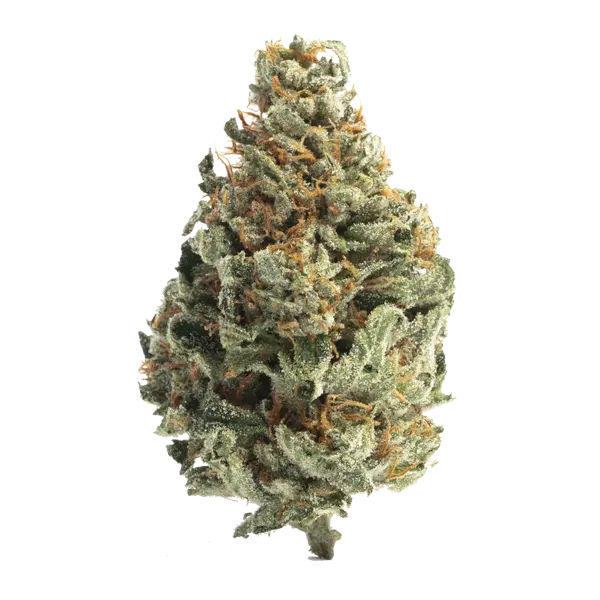
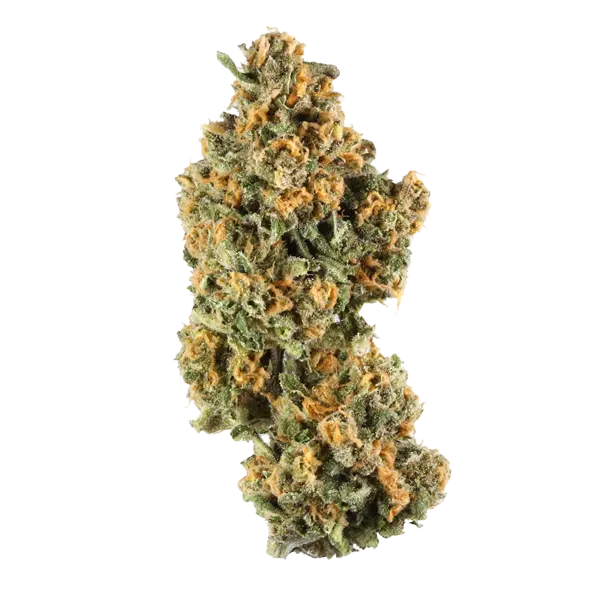
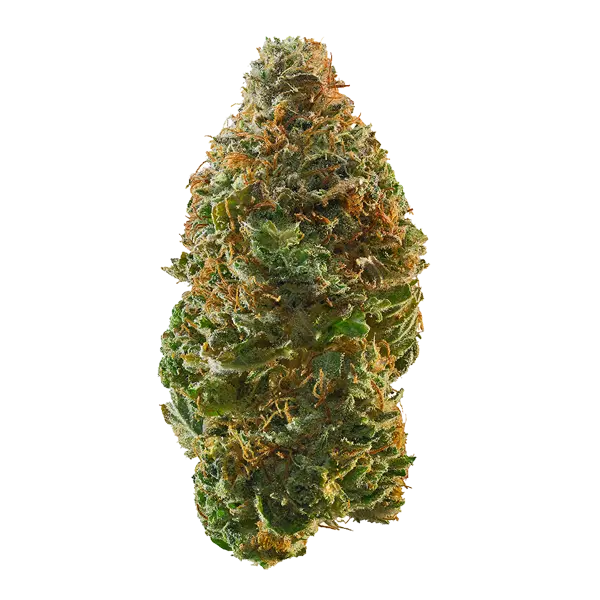

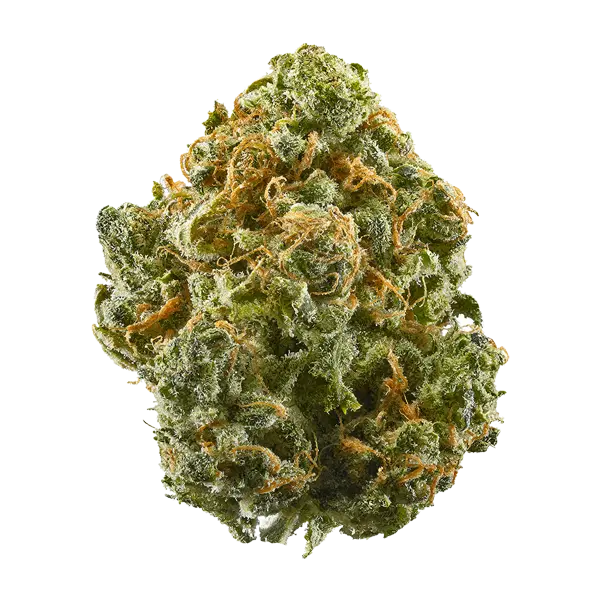







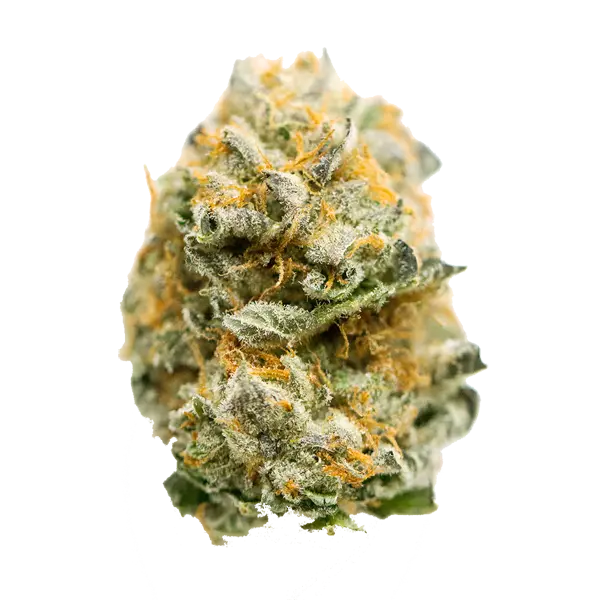
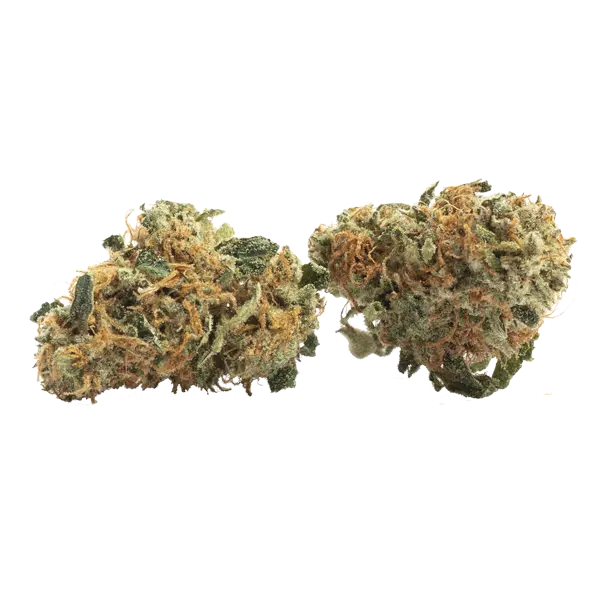












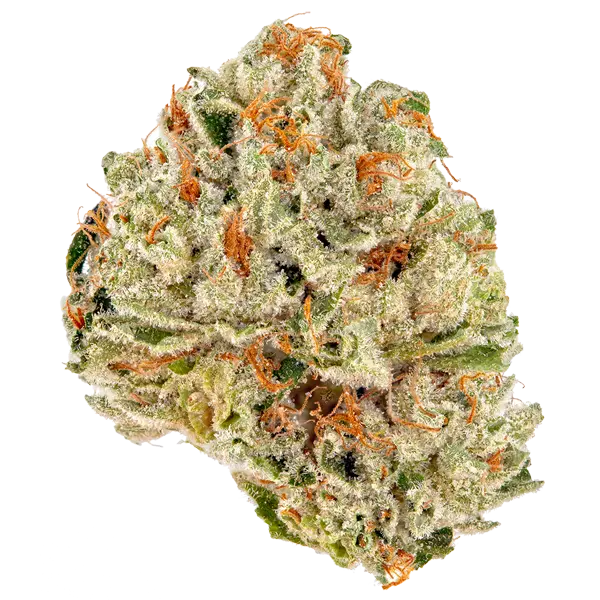

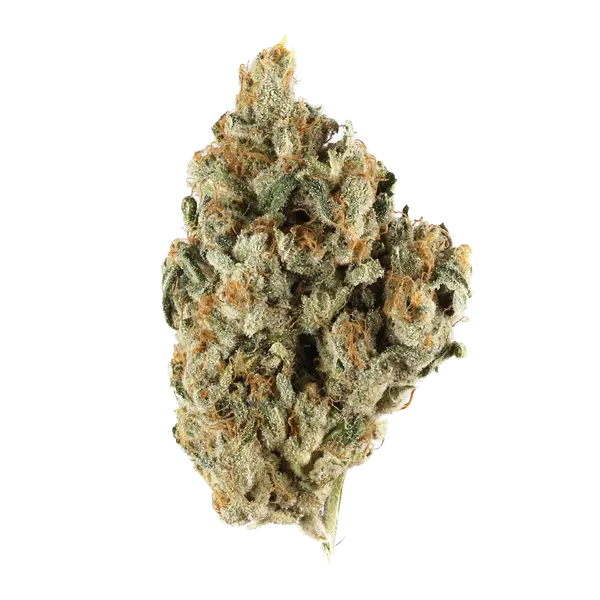

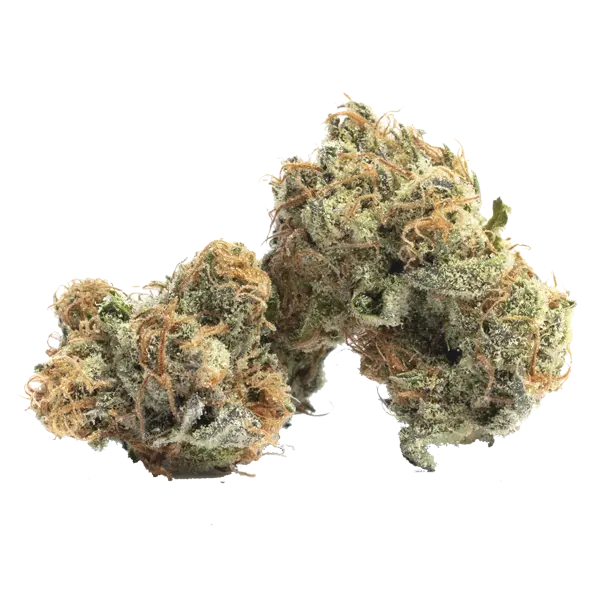
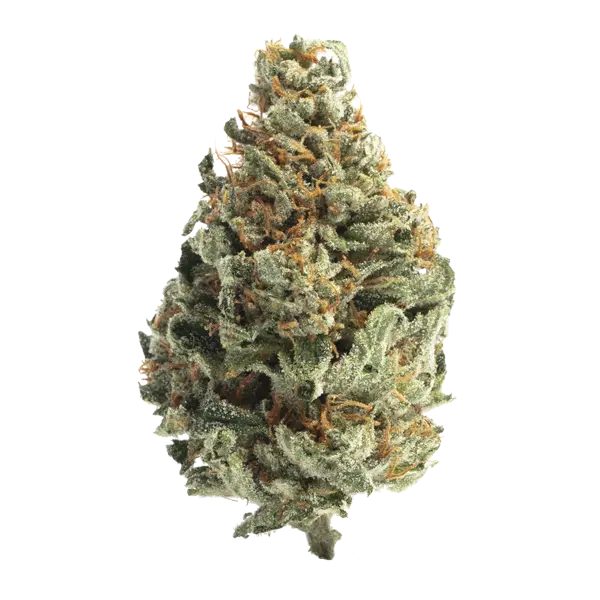

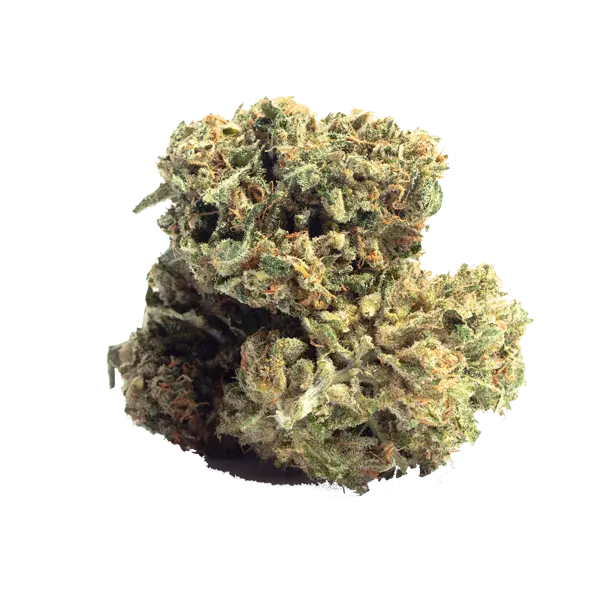
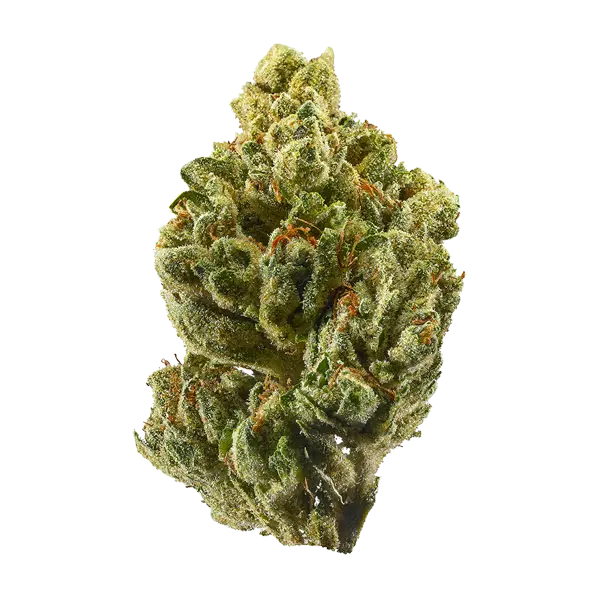
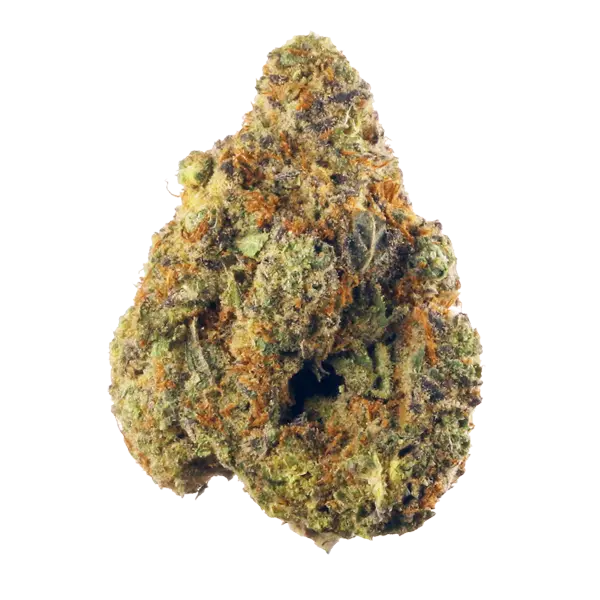
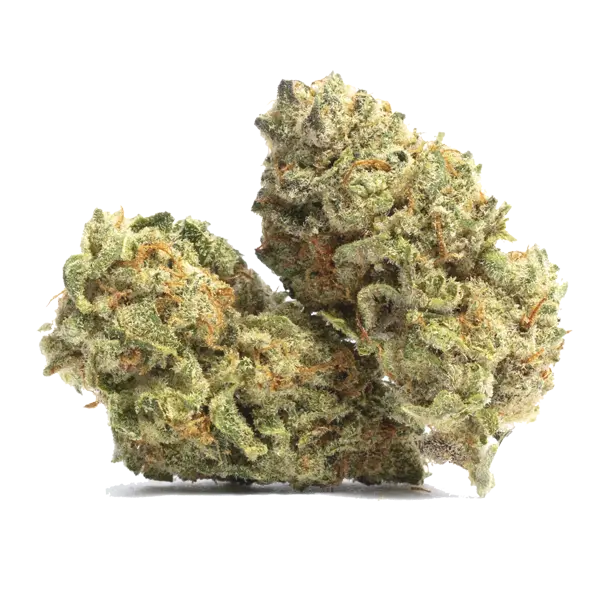
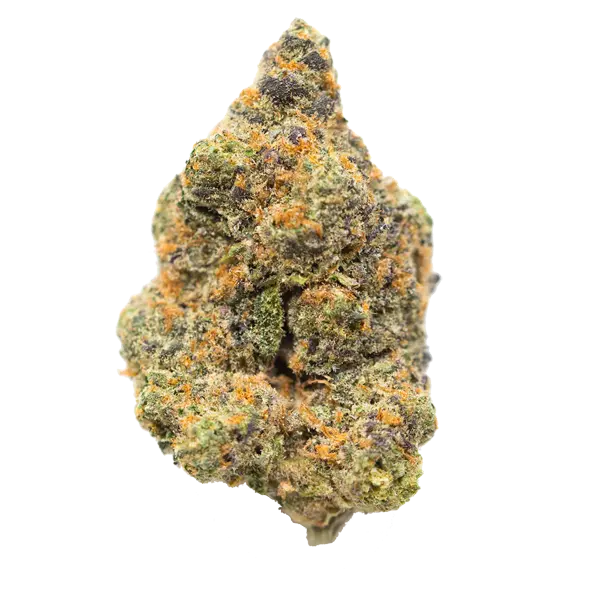

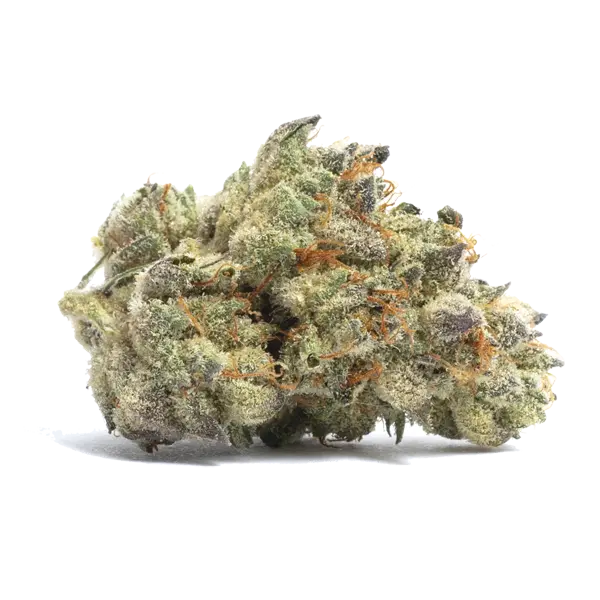
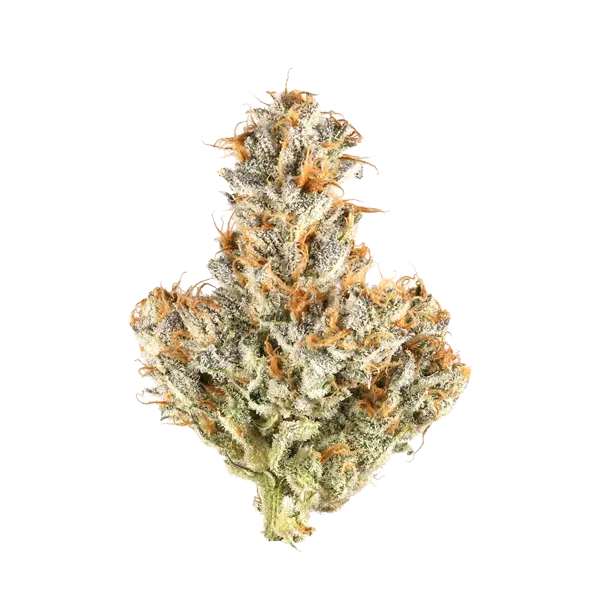



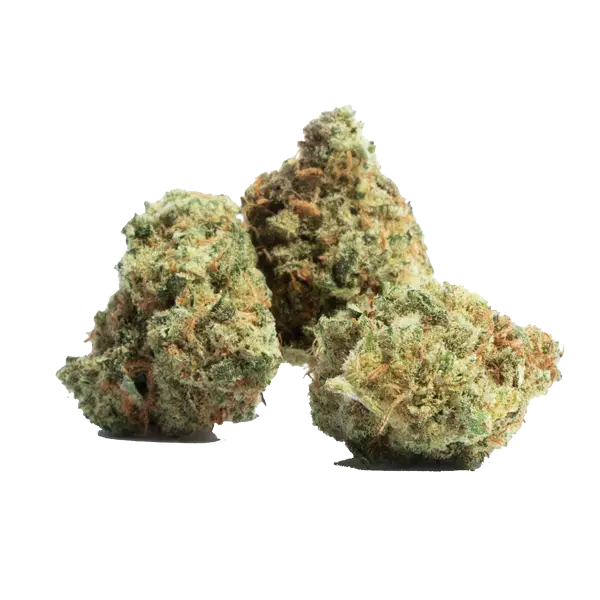
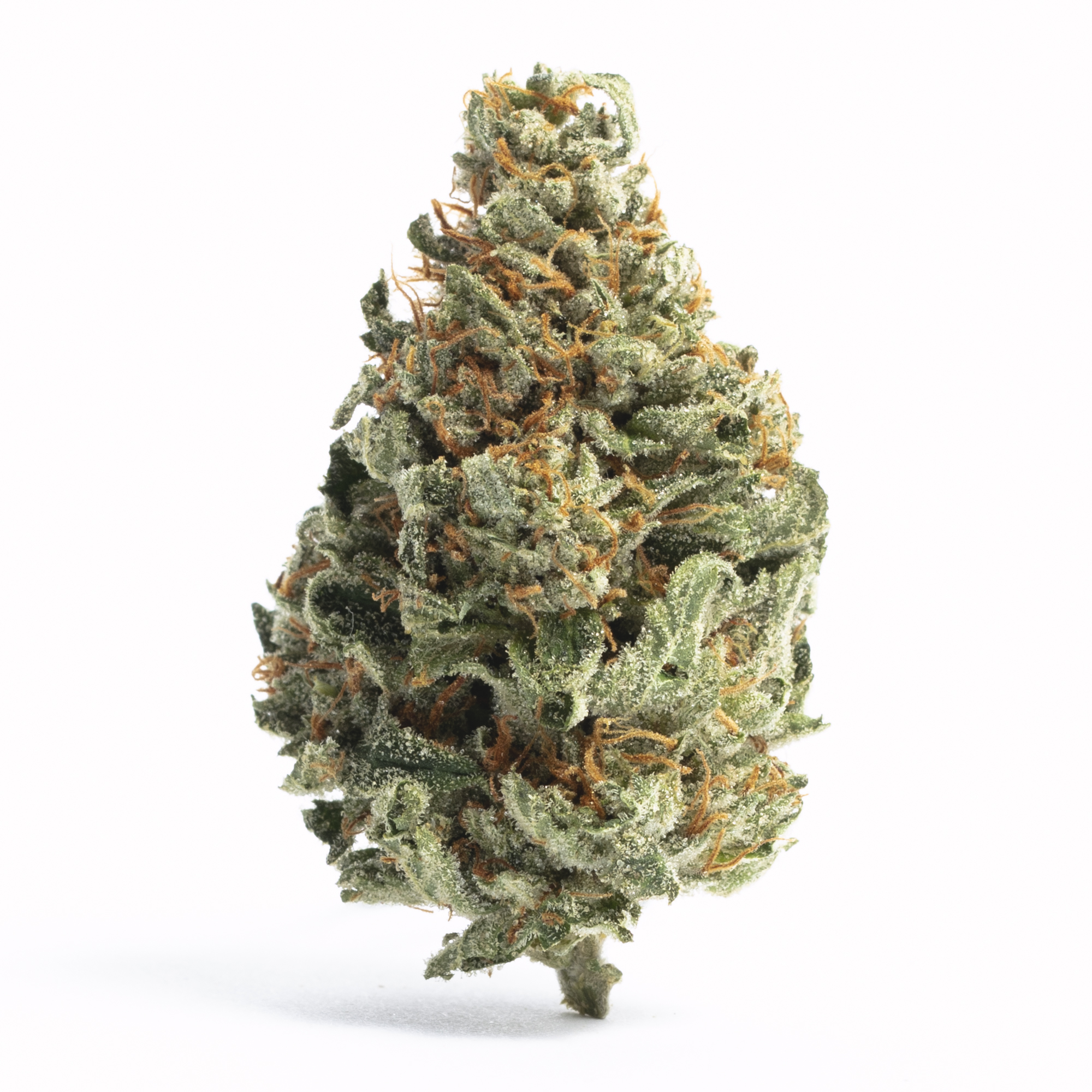
















 Why Is the Decarboxylation of Cannabis So Important?
Why Is the Decarboxylation of Cannabis So Important? The Cultivation of Cannabis: Indica, Sativa and Hybrids
The Cultivation of Cannabis: Indica, Sativa and Hybrids








